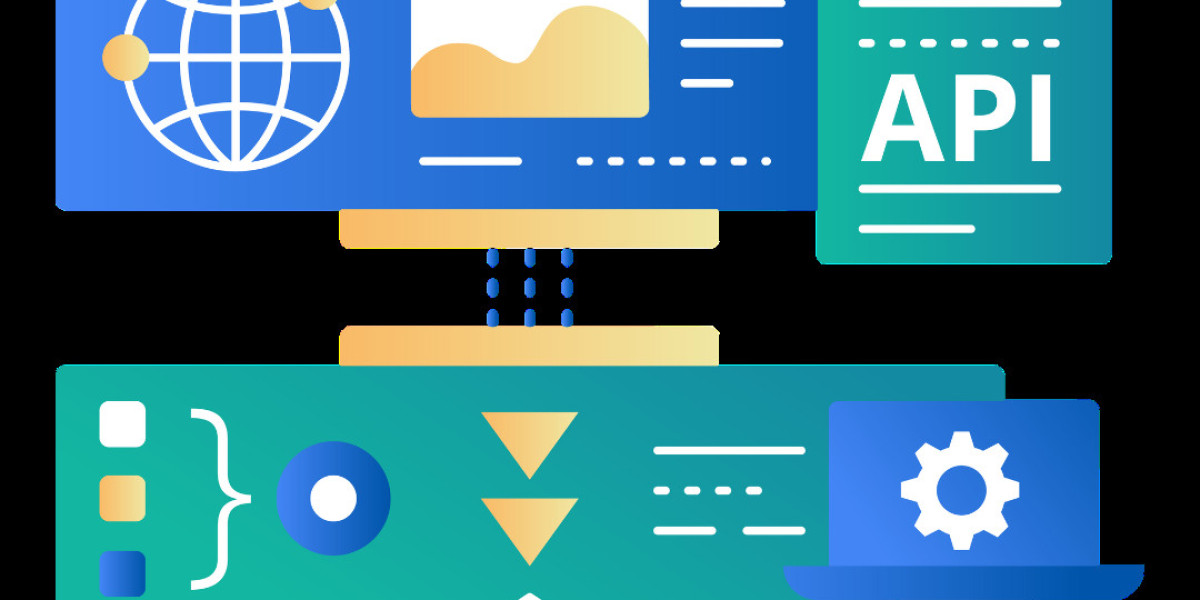Introduction: In the world of finance, historical exchange rate data plays a crucial role in analyzing currency trends and making informed decisions. Python, with its powerful data visualization libraries, provides an excellent platform to plot historical forex data charts. In this tutorial, we will explore how to fetch historical exchange rate data and create interactive charts using Python.
Getting Historical Forex Data: To start plotting a historical forex data chart, we need access to the necessary data. One popular option is to use a reliable currency conversion API that provides historical exchange rate data. Services like Fixer API, Alpha Vantage, or Quandl are popular choices. For this tutorial, we will use the Fixer API to fetch historical forex data in Python.
Installing Required Libraries: To work with the Fixer API and plot data, we need to install the required Python libraries. Use pip to install the 'requests' and 'matplotlib' libraries as follows:
---
pip install matplotlib
- Fetching Historical Exchange Rate Data: Next, we will write a Python script to fetch historical exchange rate data using the Fixer API. Make sure you sign up for a free API key from their website. Once you have the API key, you can use it to access historical data for various currencies and time periods.
---
import requests
def get_historical_data(api_key, base_currency, target_currency, start_date, end_date):
url = f'https://data.fixer.io/api/{start_date}..{end_date}'
params = {
'access_key': api_key,
'base': base_currency,
'symbols': target_currency,
}
response = requests.get(url, params=params)
data = response.json()
return data['rates']
---
- Plotting the Historical Forex Data Chart: Once we have the historical forex data, it's time to create a chart. We will use the 'matplotlib' library to visualize the data in the form of a line chart. The x-axis will represent the dates, and the y-axis will represent the exchange rates.
---
import matplotlib.pyplot as plt
def plot_forex_data(dates, exchange_rates, base_currency, target_currency):
plt.figure(figsize=(12, 6))
plt.plot(dates, exchange_rates)
plt.xlabel('Date')
plt.ylabel(f'{base_currency}/{target_currency} Exchange Rate')
plt.title(f'Historical {base_currency}/{target_currency} Exchange Rate Chart')
plt.xticks(rotation=45)
plt.grid(True)
plt.tight_layout()
plt.show()
---
- Putting It All Together: Now, let's combine the data fetching and plotting functions to create our historical forex data chart.
if __name__ == "__main__":
API_KEY = 'your_fixer_api_key'
BASE_CURRENCY = 'USD'
TARGET_CURRENCY = 'EUR'
START_DATE = '2023-01-01'
END_DATE = '2023-07-31'
historical_data = get_historical_data(API_KEY, BASE_CURRENCY, TARGET_CURRENCY, START_DATE, END_DATE)
dates = list(historical_data.keys())
exchange_rates = [historical_data[date][TARGET_CURRENCY] for date in dates]
plot_forex_data(dates, exchange_rates, BASE_CURRENCY, TARGET_CURRENCY)
---
Conclusion: By following this tutorial, you have learned how to fetch historical forex data using an API and plot it as an interactive chart using Python's 'matplotlib' library. This skill is valuable for traders, analysts, and anyone interested in tracking currency trends over time. Experiment with different currency pairs and time periods to gain deeper insights into the exchange rate history. Happy coding!



